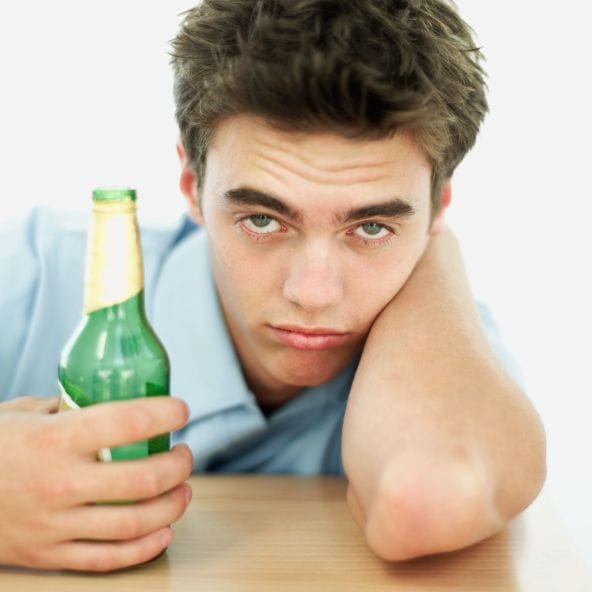Binge drinking, a form of alcohol consumption geared toward the rapid attainment of legal intoxication, is a relatively common and seriously harmful behavior among older teenagers and younger adults in the U.S. In a study published in September 2014 in the journal Substance Abuse, a team of Italian and British researchers investigated the potential usefulness of a smartphone application in helping young people reduce their binge drinking involvement. The app under consideration seeks to relay the known risks of this pattern of alcohol intake in a convenient, easily understandable format.
Binge Drinking and Young People
The average man crosses the boundary of binge drinking participation when he consumes five or more standard servings of alcohol in two hours or less. The average woman crosses the binge drinking boundary when she consumes four or more standard alcohol servings in a maximum of two hours. Possible consequences of even a single binging episode include alcohol poisoning, involvement in a serious motor vehicle collision, exposure to sexual assault or physical assault and commission of a sexual or physical assault. Habitual binge drinkers also substantially increase their odds of qualifying as heavy drinkers and eventually feeling the effects of diagnosable alcoholism or alcohol abuse, which requires treatment. According to figures compiled by the federal Substance Abuse and Mental Health Services Administration, monthly binge drinking rates rise steadily throughout adolescence and reach a peak of 30.5 percent in 18- and 19-year-olds. Young adults in their 20s and mid-30s have even higher binge drinking rates. The maximum rate, 45.1 percent of the total population group in the average month, occurs between the ages of 21 and 25. However, even in people between the ages of 30 and 34, the binge drinking participation rate is almost 34 percent.
Binge Drinking Risk Factors
A number of factors increase the odds that any given teenager or young adult will become a binge drinker. Among teenagers, known contributing factors include beginning alcohol consumption at a relatively early age, having a favorable opinion of the effects of alcohol intake, using drinking to cope with unpleasant emotional states, having a thrill-seeking personality, having peers who drink or use drugs, having parents who hold a favorable attitude toward drinking, living in a community that holds a favorable attitude toward drinking and underperforming in school. Some of these factors also affect older teens and young adults enrolled in college. Additional risks in college-age teens and adults include having alcoholism in one’s family bloodline, having little or no involvement in religion-oriented activities and lacking belief in the ability to control one’s alcohol intake.
Development of a Smartphone App
In the study published in Substance Abuse, researchers from the United Kingdom’s University College London and Italy’s University of Milano-Bicocca and University of Pavia explored the possibility of developing a smartphone app that can help reduce young people’s level of involvement in binge drinking. In the first phase of the project, these researchers used an extensive review of previously conducted studies to identify the most prominent risk factors for alcohol binging in teens and young adults. In the second phase of the project, they used the findings of their review to determine the general outlines of an effective smartphone app that could relay the relevant information in an appealing, easily graspable format. In the third phase of the project, the researchers developed a binge-drinking questionnaire based on their work, then gave this questionnaire to 110 teenagers and young adults; they used the results of this questionnaire to assess the potential usefulness of their app. The smartphone app under development by the researchers uses a statistical analysis to gauge the chances for binge drinking participation in each individual (including 10 factors that increase the odds for alcohol binging and two factors that decrease the odds). The app then uses the results of this analysis to create an overall risk profile, as well as graphics that relay the identified level of risk for each person. In addition, the app breaks down the most relevant risks in an easily understood summary section. The researchers concluded that 74 percent of the 110 study participants found this format useful in increasing their understanding of their potential level of exposure to binge drinking. They also concluded that it’s possible to create a widely distributed phone app that significantly contributes to binge drinking prevention in young populations. The researchers are planning additional trials to test the usefulness of their app in larger groups of people.






